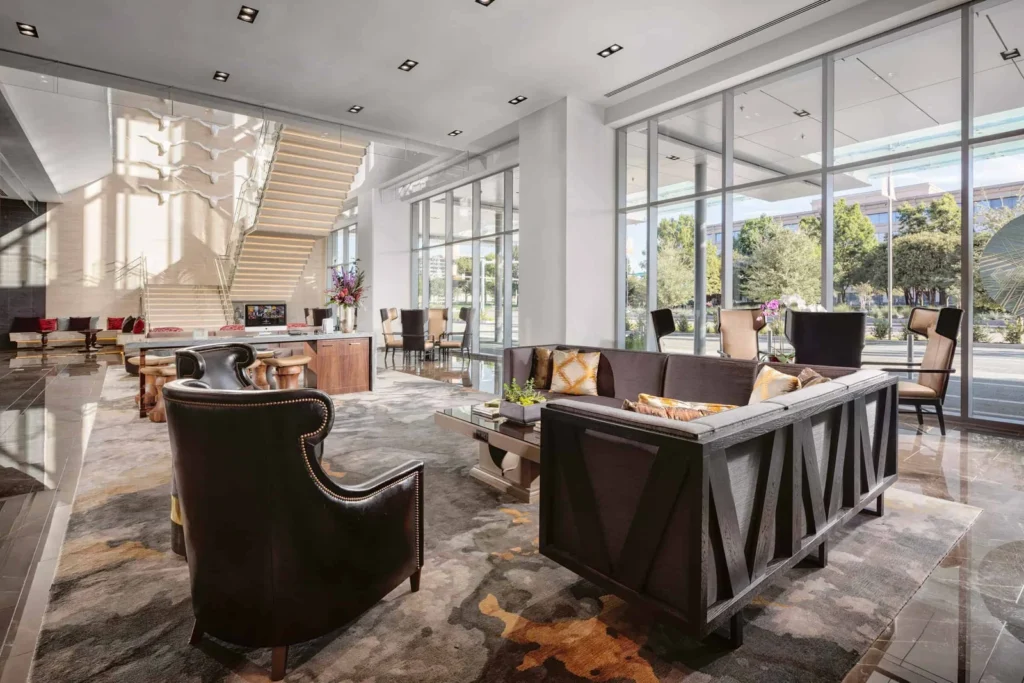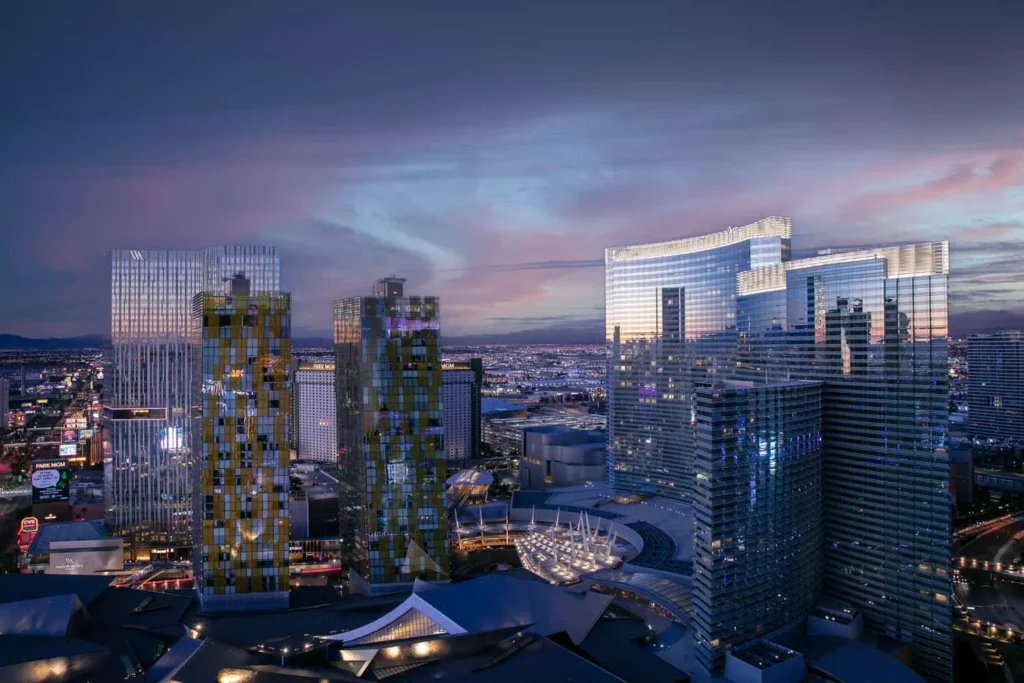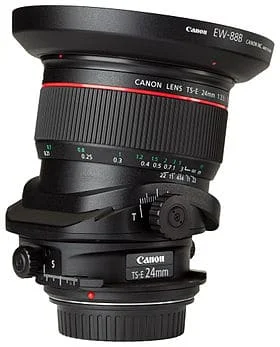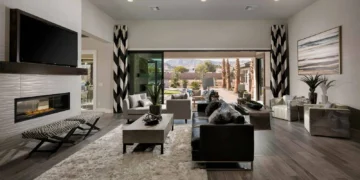Hotel photography is an art that goes beyond capturing beautiful images—it’s about telling the story of a property and showcasing its ability to attract new and returning guests. Whether you’re shooting a luxury resort, a contemporary boutique hotel, or a brand-new property eager to make its mark, understanding your objectives and planning meticulously will set you up for success.
Bottom Line: Plan every detail of your hotel photoshoot, communicate clearly with your client, and use lighting and composition techniques that capture both the beauty and functionality of each space. Your goal is to create images that not only impress but also sell the hotel experience.
Understanding Your Objective
Before you lift a camera, ask yourself: What is the purpose of these images? In hotel photography, you’re not merely documenting spaces—you’re crafting visuals that evoke a sense of luxury, comfort, and anticipation. High-end images should quickly communicate the property’s unique selling points, whether that’s its state-of-the-art amenities, sophisticated design, or inviting ambiance.
Pre-Production and Planning
A successful hotel photoshoot begins long before you set foot on the property. Start by opening a dedicated communication channel with your client to discuss their specific requirements. Use a structured brief or RFP (Request for Proposal) to cover these important points:
- Scope of Work: Identify how many areas or spaces need to be photographed (interiors, exteriors, public spaces, amenities, and lifestyle areas).
- Image Requirements: Determine the number of images needed for each space and the type of shots (wide-angle, details, lifestyle images with talent, etc.).
- Timeframe and Scheduling: Clarify the preferred time of day for each shoot. For example, some clients prefer daytime images to capture natural light, while others might opt for moody, twilight images.
- Budget and Licensing: Discuss the budget, deadlines, and licensing needs, ensuring that both parties are aligned from the start.
For new hotel projects, planning should ideally begin three to six months before the opening. This window allows ample time for pre-shoot consultations, scouting of the property, and pre-visualization of the final images.
Capturing the Interiors
Interior photography for hotels requires a careful balance of technical precision and creative flair. Here are some key considerations:
- Showcase the Experience: Your images should invite the viewer to imagine themselves in the space. Highlight the flow of the lobby, the comfort of the rooms, and the ambiance of dining and leisure areas.
- Composition and Details: Use perspective and framing to emphasize not just the overall layout but also the unique design elements—curated furnishings, artisanal details, and the interplay of light and shadow.
- Managing the Environment: Since hotel interiors are often busy spaces, work closely with the client to stage the environment. This may involve requesting that certain areas be prepped (e.g., clearing clutter or arranging furniture) to ensure that your composition remains clean and impactful.

Nailing the Exteriors
Exterior shots are among the most challenging aspects of hotel photography due to unpredictable lighting and the need to capture architectural grandeur. Consider these tips:
- Work With Natural Light: The direction of sunlight can dramatically alter the look of a building. During daytime shoots, plan your angles to capture the building bathed in the perfect natural light, creating an appealing background with a vibrant sky.
- Twilight and Dusk Shoots: For an added dramatic effect, twilight is often the golden hour. Start your shoot while there is still soft daylight, then capture the building as its lights turn on. Combining images from outside and after sunset can create a composite that beautifully encapsulates both day and night.
- Be Patient: Exterior photography might take several hours to complete, especially if you’re waiting for the optimal balance of natural light and ambient conditions. Patience and careful planning often pay off with breathtaking results.

Integrating Lifestyle and Detail Shots
In addition to wide-angle and architectural images, incorporate lifestyle photography into your portfolio. These shots often include:
- Human Interaction: Images featuring guests enjoying the amenities or employees at work can bring a sense of life and authenticity to your portfolio.
- Detail-Oriented Shots: Focus on the textures, materials, and design details that define the hotel’s character. A close-up of a bespoke chandelier or a well-arranged floral centerpiece can be as compelling as a room’s full view.
Post-Production and Final Touches
Editing plays a crucial role in hotel photography. Aim for a consistent look that matches the client’s brand identity:
- Enhance Natural Light: Fine-tune exposure, contrast, and color balance to enhance the natural ambiance of each shot.
- Spot-Cleaning: Remove distractions that might diminish the quality of the shot, such as imperfections or unwanted elements in the frame.
- Composite Techniques: In some cases, a blend of images might be required to present the perfect visual narrative. Ensure that any composites maintain a natural feel without over-editing.
Whether you’re capturing the intricate interiors of a luxury boutique hotel or the sweeping exteriors of a new property, effective communication, thorough planning, and a creative approach are indispensable. By embracing both technical expertise and artistic vision, you can produce images that not only reflect the essence of a hotel but also entice potential guests.
By keeping your processes straightforward and client-focused, you’ll build a reputation for reliability and excellence—qualities that are as essential as the images you create.


